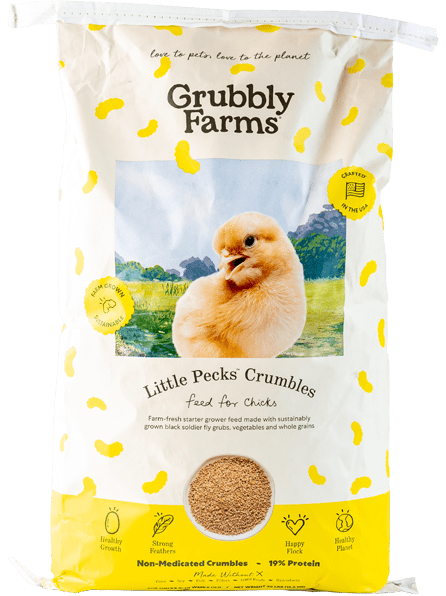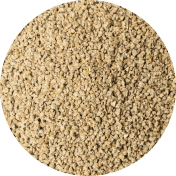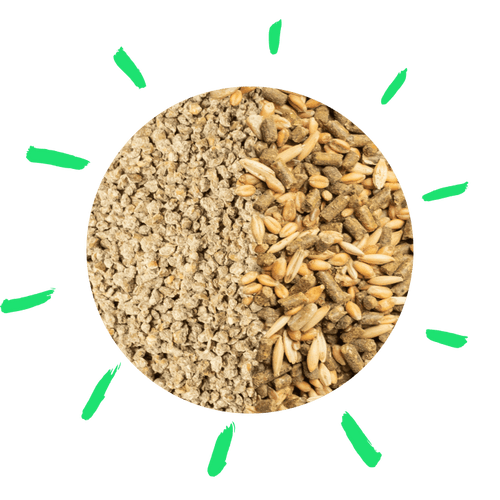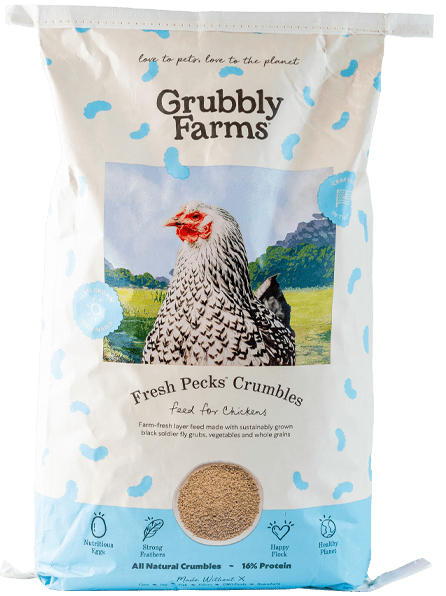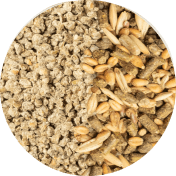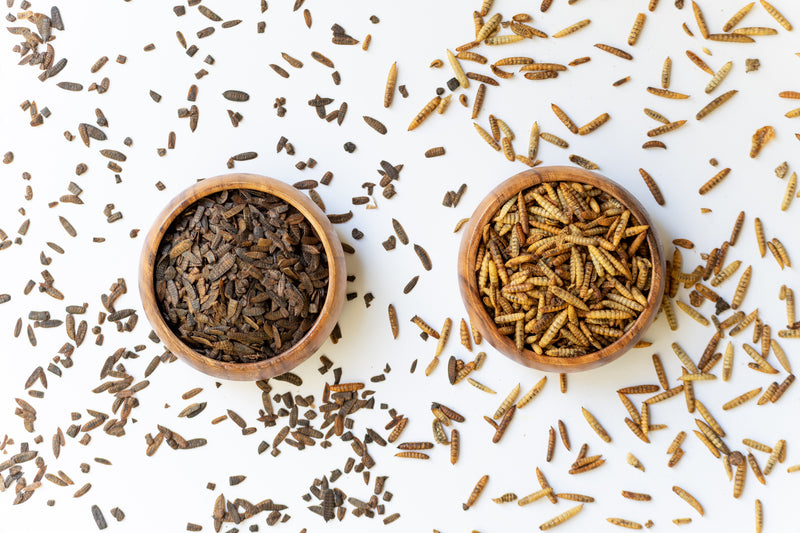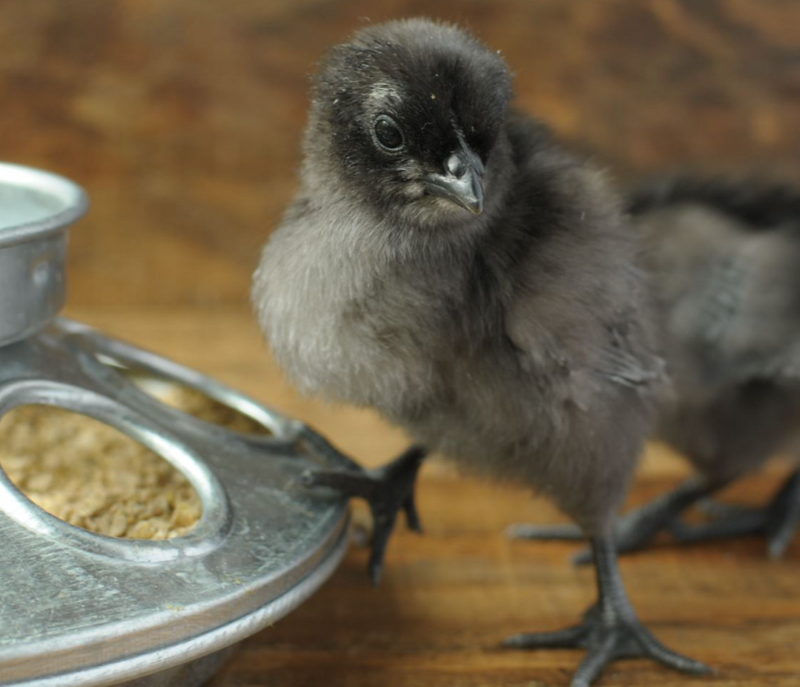After learning how black soldier grubs naturally range in appearance, you know that color doesn't tell the full story.
In fact, it’s impossible to tell where the grubs are grown or even how healthy they are simply by looking at them.
So how do you know which batch of grubs is the best choice for your pets? How are the grubs harvested?
Instead of "judging a grub by its cover," the only way to evaluate the health and safety of your flock’s food is by understanding 3 key elements.
Grubbly Farms uses the below to evaluate its grubs to ensure every batch is held to the highest standard (for the love of pets & our planet).
1. How are the grubs harvested?
What do the grubs eat? Anything funky? Whether grubs are grown in the USA or around the world, The FDA requires that grubs eat feed grade material. This can mean a lot of things.
Pre-consumer food waste is the best form of feed for grubs. This is food that hasn’t been touched by the end consumer, like veggies at a grocery store or bananas from a smoothie shop.
*All Grubblies are naturally harvested on a diet of pre-consumer food waste using fruits, vegetables and grains.
How are they dried? Instead of choosing grubs based on color, you can check to see how they’re dried (oven-dried, freeze-dried, or microwaved) to judge what's important to you.
*All Grubblies are dried in a variety of oven-dryers. Whether they "tumble dry" or lay flat, the grubs will appear yellow, brown or black and have the same nutrient levels.
2. Where are the grubs grown?
Are they safely harvested? Grubblies are grown on farms in the United States and Canada. However, most grubs and mealworms do not come from the United States.
Is that okay? Yes.
The location of the farm does not necessarily dictate its safety standards. In fact, the United States actually does not have the highest standards for growing insects. Certain types of animal manure are actually classified as feed grade material for grubs.
So what is the highest standard? EU standards are the highest standards in the world for growing grubs.
All of Grubbly Farms' grubs are grown on farms in the USA and around the world that operate according to EU standards only.
With this standard, the grubs must eat pre-consumer food waste limited to fruits, veggies and grains (no meat waste). This is food that hasn't reached the end consumer that would normally go to waste (like brewery grains, bananas at the grocery store, or an apple core from a smoothie shop).
If you'd like to know where your grubs are grown, carefully check the labels. Although you’ll find misleading phrases on products (like "Packaged in the USA"), that does not mean the grubs are grown there.
At Grubbly Farms, you can find locally grown grubs, as well as grubs harvested around the world.
Regardless of where they are grown, all Grubblies are safely and sustainably harvested on FDA-approved grub farms with uncompromising standards.
Are the grubs tested for potential contaminants and pathogens?
This is a requirement by the FDA and a guarantee for all Grubblies. Every batch is meticulously tested for any pathogens or contaminants to ensure the highest levels of food safety for your flock.
3. What are the health benefits?
How will grubs improve the health of my flock?
As you know by now, color is not indicative of how healthy the grubs are. Just like coffee beans also vary in color and shape, you’ll still get the benefit of all that lovely caffeine to jumpstart your day.
Whether they are dark brown or yellow, black soldier fly grubs are inherently packed with nutrients to benefit your flock. Every peck of grubs is packed with protein and calcium for strong, protective feathers and higher quality eggs. Read more about the health benefits of the grub.
For the Love of Grub
Now that you’re experts on grubs, you can ensure your pets are getting the best of the best to keep them strong, healthy and happy. When you choose Grubblies, you know that every batch of grubs comes with a promise of quality, safety, and transparency. And as we develop more Grubbly feeds and snacks, you can expect that same level of Grubbly goodness.
For even more information on the black soldier fly (BSF), check out our new BSF guide.











